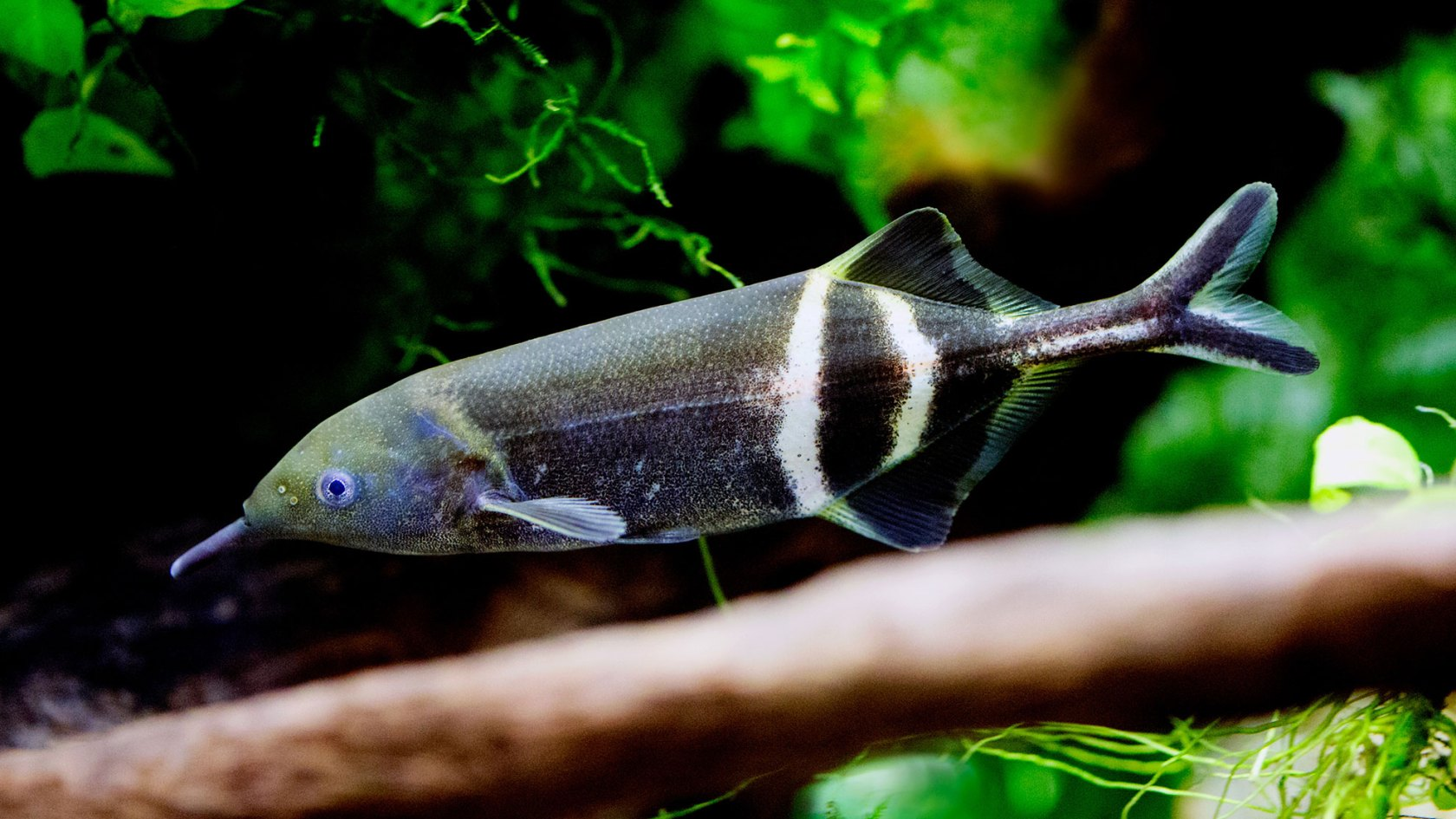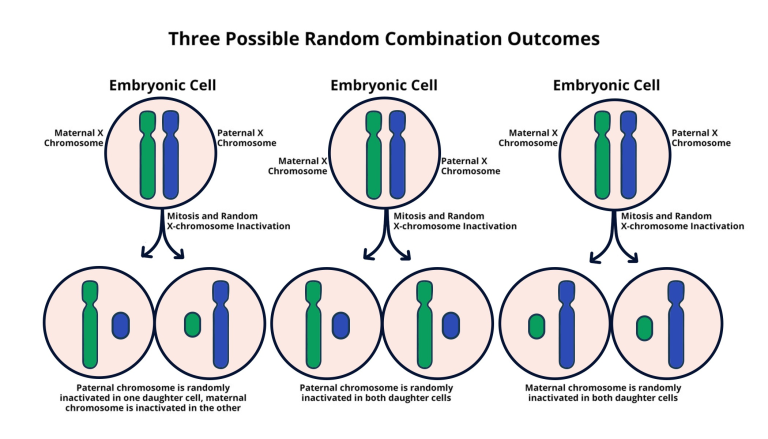Electric Fish NeuroAI represents a fascinating intersection of biology and technology, illuminating how electric fish can inform the development of artificial intelligence systems. These unique aquatic creatures communicate through electric organ discharges, allowing them to sense their surroundings and engage in intricate social behaviors. Researchers, led by Kanaka Rajan at Harvard Medical School, explore how the principles of collective intelligence emerge through the interactions of these fish, revealing insights that could enhance multi-agent systems in AI. By studying the emergent behavior of electric fish, scientists aim to unravel the complexities of agent interaction, potentially transforming our understanding of both natural and artificial networks. The findings from Electric Fish NeuroAI could pave the way for innovative AI models that mimic the cooperative dynamics observed in the underwater world.
The study of electric fish and their neural systems provides a compelling lens through which we can examine the principles of NeuroAI, a field that bridges neuroscience and artificial intelligence. This exploration focuses on how these aquatic organisms employ electric signals for communication and navigation, which can inspire advancements in AI algorithms. By analyzing the interactions and behaviors within groups of these fish, researchers unearth patterns of collective intelligence that may have significant implications for the design of multi-agent AI systems. As we delve deeper into the world of electric fish, we uncover the potential for these insights to inform the development of technologies that replicate complex social dynamics, ultimately advancing our understanding of emergent behaviors in both biological and artificial entities.
The Fascinating World of Electric Fish Communication
Electric fish, particularly the elephantnose fish, exhibit a remarkable form of communication that relies on electric signals. These fish utilize electric organ discharges (EODs) to create a complex interplay of signals that convey their intentions and states. Just as human languages consist of words and sentences, the pulses emitted by these fish can be seen as a language of their own, encompassing communication about everything from mating rituals to territorial disputes. By studying these electric pulses, scientists can gain insights into the basics of communication systems in other species, ultimately informing the development of artificial intelligence systems that mimic these organic interactions.
Research into the communication methodologies of electric fish shines a light on the concept of emergent behavior. When a group of elephantnose fish interacts, their collective responses demonstrate that the social dynamics are far more complex than the sum of individual actions. This emergent behavior can mirror phenomena observed in human societal interactions, where the nuances of dialogue and interaction can lead to unexpected outcomes. By understanding these patterns in electric fish, researchers can apply these insights to enhance artificial intelligence frameworks to adapt and evolve based on collective dynamics.
Insights from Electric Fish for NeuroAI Developments
The study of electric fish contributes significantly to the field of NeuroAI, particularly around the concept of collective intelligence. Neuroscientists like Kanaka Rajan argue that the interactions among different agents—be it in a natural habitat or an artificial framework—mirror the engagement seen in human societies. Electric fish interact through their unique electric pulses, allowing scientists to examine fundamental principles governing social interaction and communication. These findings can be integrated into AI systems, influencing how multiple agents coordinate and collaborate.
Rajan’s research focuses on modeling elephantnose fish behaviors in artificial intelligence environments, which highlights the interplay between cooperation and competition. The simulations reveal how variances in food availability can lead to shifts in behavior among the fish. Similar principles can be applied to AI agents, suggesting that their interactions can evolve based on their environmental conditions, further enhancing the development of advanced AI systems that learn from collective experiences.
Understanding Emergent Behavior in Social Hierarchies
Electric fish provide an excellent opportunity to investigate emergent behavior within social hierarchies. Their method of communicating through electric organ discharges results in coordinated activities, such as searching for food. The social structure observed in these fish can unravel important truths about how hierarchies function in larger contexts, such as human populations where individuals have varying roles and influence. These observations could lead not just to improved models of AI interaction, but also to a better understanding of management and organizational behavior in human systems.
Within their social structures, elephantnose fish exhibit behaviors that can be categorized into cooperation and competition, driven by their communication signals. These interactions often reflect the strategies employed in larger organisms where decision-making within groups leads to collective outcomes. By studying such dynamics among electric fish, researchers can glean insights for AI systems that require similar functionalities, reinforcing the importance of designing agents capable of effective communication and context-aware interactions.
Modeling Collective Intelligence in AI Systems
Rajan’s team’s work modeling electric fish behaviors opens avenues for improving collective intelligence in AI systems. By analyzing how groups of elephantnose fish communicate and interact, they have developed simulations mimicking these complex dynamics. These artificial agents are designed to reflect the behaviors observed in natural contexts, allowing researchers to explore how collaboration can influence learning and adaptation over generations. This modeling effort is critical for developing more robust AI frameworks that can address real-world challenges through cooperative strategies.
As collective intelligence among electric fish demonstrates, social behaviors are not solely based on individual actions but emerge from collective interaction patterns. This wisdom can inform the design of AI systems that emulate similar principles, mimicking the benefits of cooperation within groups. The potential for creating cooperative AI teams, or ‘swarms’, reveals exciting possibilities for problem-solving capabilities, ultimately translating into applications across various technological and scientific fields.
Exploring Agent Interaction through Electric Fish Studies
The concept of agent interaction is crucial in understanding how both natural and artificial systems can collaborate effectively. Electric fish, through their electric organ discharges, create a form of inter-species dialogue that reflects their social behaviors. By observing how these fish engage with each other, including how they respond to signals of cooperation or competition, researchers can establish a framework for studying interaction among discrete agents, whether they be organic or synthetic.
In electric fish, the simplicity of their language—composed of electric pulses—illustrates how agent interactions can yield complex social dynamics. This simplicity allows for clear parameters in AI development, where interactions can be modeled and tested in controlled environments. By leveraging findings from electric fish studies, practitioners can enhance AI systems to facilitate better communication and understanding among agents, potentially leading to more effective collaborative behaviors in AI applications.
Implications of Collective Intelligence for AI Applications
As the body of research grows around collective intelligence in electric fish, its implications for AI become increasingly profound. The principle that social dynamics arise from multiple interactions rather than solitary behaviors is vital for understanding how AI agents can benefit from collaborative frameworks. Electric fish, functioning within their nuanced social networks, exemplify how cooperation can enhance survival and resource acquisition, lessons that can be applied to AI development for more adaptive and resilient systems.
Moreover, the observed behaviors within electric fish societies can inspire innovative solutions in AI collaborations, particularly in environments characterized by uncertainty or competition. By emulating the cooperative strategies of these fish, AI agents could be programmed to respond dynamically to their surroundings and each other, optimizing behaviors that lead to successful outcomes. In this way, the study of electric fish may not only advance our comprehension of natural systems but also inform the future of AI technology.
The Future of AI: Lessons from Electric Fish
The exploration of electric fish behaviors may ultimately lead to groundbreaking advancements in artificial intelligence. These studies highlight the importance of understanding both cooperation and competition within groups, critical elements that will shape the landscape of AI as it continues to evolve. As researchers draw parallels between the interactions of electric fish and potential AI behaviors, the findings may pave the way for developing systems that are not only smarter but also more capable of understanding and responding to human needs.
Additionally, the insights derived from the social dynamics of electric fish raise essential questions about the future of AI in society. How will these systems adapt their behaviors based on the collective experiences of their users, and how can they better facilitate cooperation between individuals? By harnessing the principles of collective intelligence observed in natural environments, AI scientists can create frameworks that enhance interaction and collective problem-solving abilities, ultimately leading to a more integrated and responsive technological ecosystem.
AI Swarm Intelligence Inspired by Electric Fish Behavior
Incorporating insights from electric fish can lead to the development of AI systems that simulate swarm intelligence. These systems mimic the cooperative behaviors seen in electric fish, enabling AI agents to work together seamlessly to solve complex problems. Such swarm intelligence can lead to faster data processing, more efficient algorithms, and improved adaptability in dynamic environments, significantly enhancing technology application across various sectors, from logistics to environmental monitoring.
Through the research on electric fish, we see how the dynamics of communication and social interaction can directly inform the design of swarming AI algorithms. By studying how these fish utilize their electric pulses to create coordinated movements and decision-making processes, developers can create AI agents that leverage similar strategies, promoting faster, more efficient responses to constantly changing challenges. As AI research continues to evolve, the integration of biological principles will be essential for harnessing the full potential of artificial agents.
The Role of Natural Selection in AI Simulations
The insights gained from studying electric fish shed light on how natural selection can inform AI simulations. Electric fish display behaviors influenced by environmental factors and resource availability, which can be replicated in artificial simulations to analyze competition and cooperation among AI agents. By testing varying conditions in these simulated environments, researchers can observe the emergence of different strategies over generations, paralleling natural evolutionary processes.
This understanding of evolutionary processes will become increasingly important as AI systems strive to become more autonomous. By mimicking the ways electric fish adapt and evolve in response to their surroundings, AI developers can build systems that not only learn from past experiences but also adapt to new variables in real-time. This approach could lead to more robust AI applications that are capable of continual improvement through a process analogous to natural selection.
Frequently Asked Questions
What role do electric organ discharges play in the communication of electric fish and how does this relate to NeuroAI?
Electric organ discharges (EODs) are crucial for communication among electric fish, such as the Peter’s elephantnose fish. These EODs allow fish to convey information about their presence, location, and even mating readiness, similar to how agents in NeuroAI systems communicate. Studying these natural signals can enhance our understanding of agent interaction within artificial intelligence frameworks, leading to improved models of collective intelligence.
How can studying electric fish inform advancements in artificial intelligence?
Research on electric fish can provide insights into collective intelligence, which is pivotal for developing advanced artificial intelligence systems. By modeling the interactions of electric fish, researchers can simulate emergent behaviors that inform AI algorithms on cooperative strategies and communication, enriching the understanding of multi-agent applications.
What is collective intelligence and how is it demonstrated by electric fish?
Collective intelligence refers to the enhanced problem-solving capabilities that arise from interaction among agents. In electric fish, this is exhibited when groups cooperate to find food, leveraging the electric pulses of one fish to guide others. Such behaviors are key to understanding how both biological and artificial entities can exhibit synergy in NeuroAI contexts.
What insights can emerge from the competition and cooperation behavior of electric fish for AI development?
The observed behaviors of electric fish reveal that competition and cooperation are not fixed traits but can emerge from environmental contexts. These insights can influence the design of Artificial Intelligence systems, as understanding how these dynamics help or hinder survival can lead to algorithms optimized for collaboration and competition among AI agents.
How do emergent behaviors in electric fish contribute to our understanding of agent interaction in NeuroAI?
Emergent behaviors in electric fish, like coordinated foraging or communication through EODs, illustrate how interactions at the individual level can lead to complex group dynamics. These findings are pivotal for NeuroAI, as they shed light on how artificial agents can interact in similar nuanced ways, promoting better collaborative AI systems that mimic natural intelligence.
In what ways does electric fish research contribute to the development of swarm intelligence in AI?
Research on electric fish highlights how individual actions can lead to collective behaviors, a principle foundational to swarm intelligence in artificial systems. By replicating these natural behaviors in AI, developers can create cooperative AI agents that work together efficiently to solve complex tasks, much like schools of fish navigating together.
What are the implications of studying electric fish for understanding social dynamics in both biological and artificial systems?
Studying electric fish provides a unique perspective on social dynamics that can be applied to both biological and artificial systems, revealing how interactions shape behavior. Understanding these dynamics can enhance the development of AI systems that reflect more sophisticated models of communication and cooperation, which are essential for tackling complex challenges in various fields.
| Key Point | Details |
|---|---|
| Electric Fish’s Unique Ability | Electric fish, like the elephantnose, generate and sense electric fields, facilitating their interaction with the environment. |
| Study Focus | Researchers, led by Kanaka Rajan, aim to understand collective intelligence through the behavior of electric fish. |
| Communication Method | Electric fish communicate via electric pulses, forming a language that can reveal complex social dynamics. |
| Collective Intelligence Insights | The behaviors of electric fish can help model how AI systems can work together, influencing both human interactions and AI developments. |
| Simulation Studies | Models of artificial agents mimic electric fish to study cooperation and competition influenced by environmental factors. |
| Future Research Aims | Rajan seeks to explore the complexities of agent interactions and discover universal laws governing cooperation and competition. |
Summary
Electric Fish NeuroAI illustrates the fascinating dynamics of how natural behavior can influence artificial intelligence designs. The research on electric fish, specifically the elephantnose fish, unveils new perspectives on collective intelligence, showcasing how understanding environmental interactions can lead to innovative AI systems. By studying these fish, notably their unique communication and social behaviors, scientists are paving the way for advancements in AI that may mimic the intricacies of natural systems, enhancing both technology and our comprehension of social dynamics.





